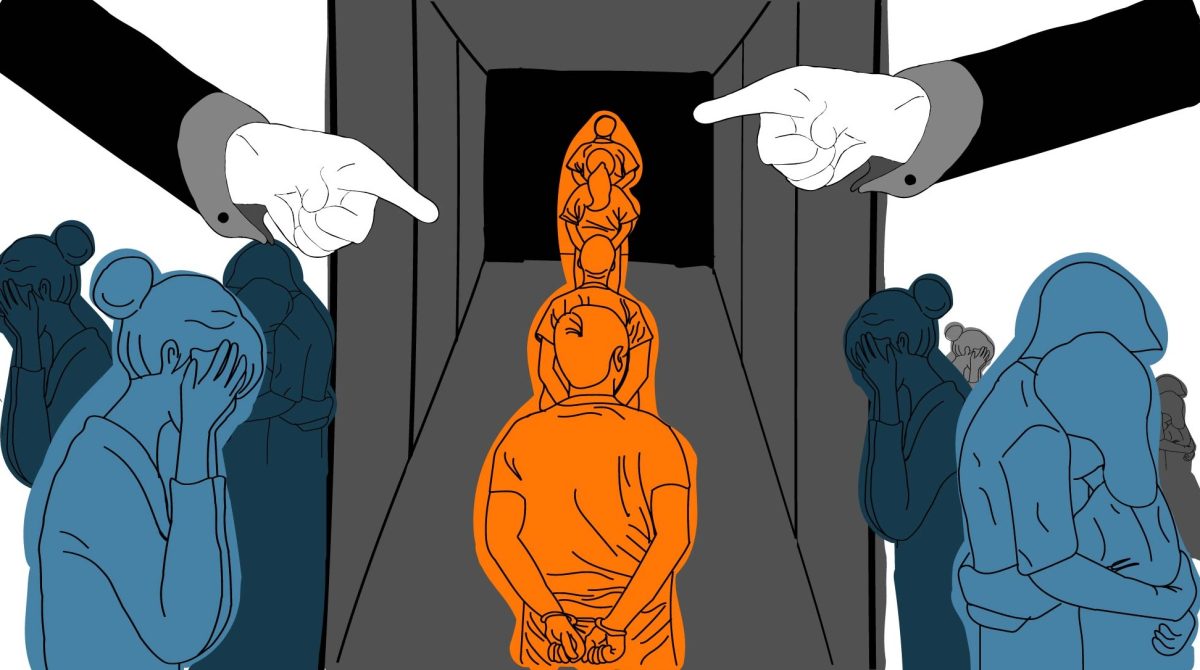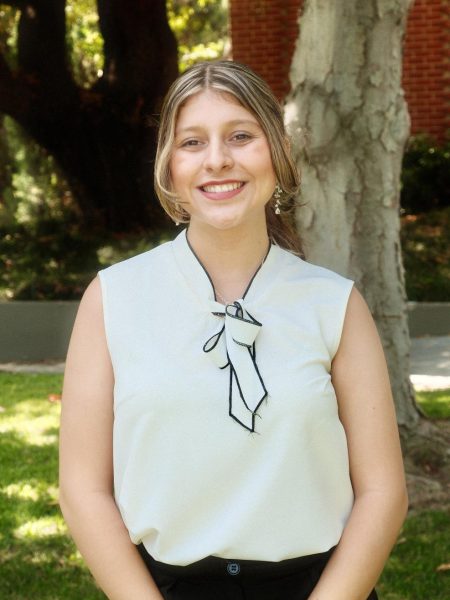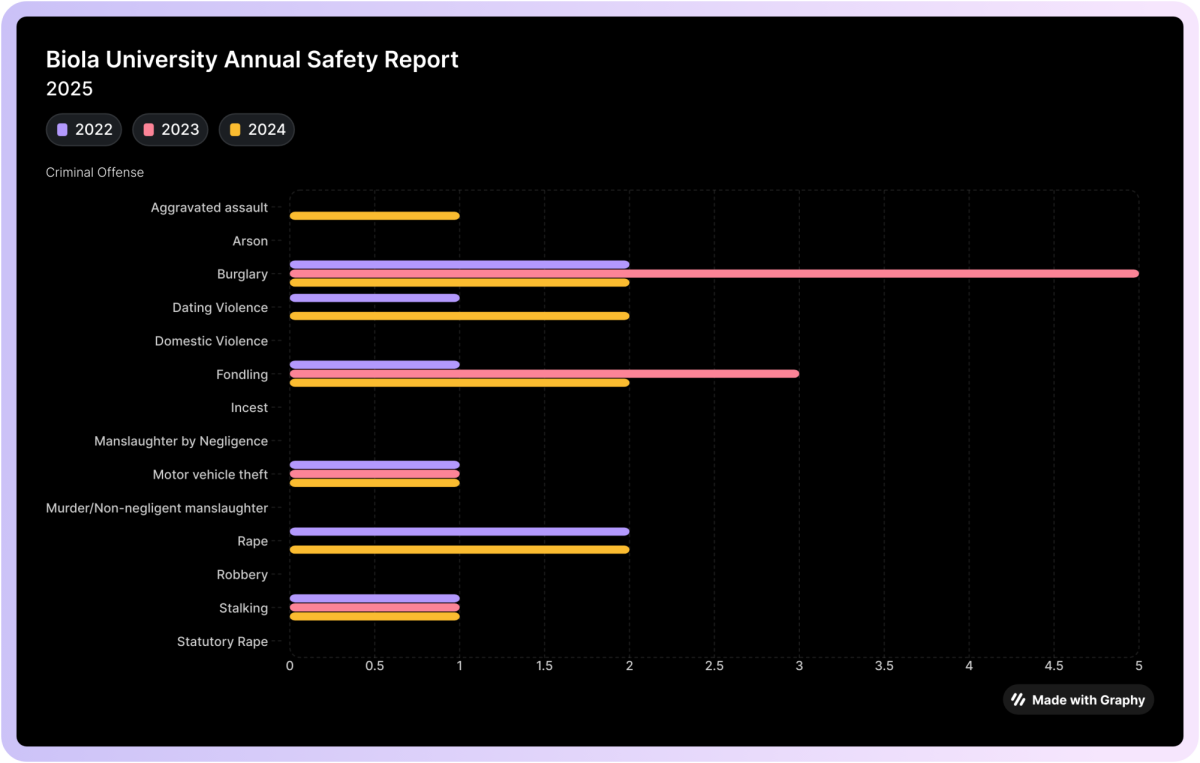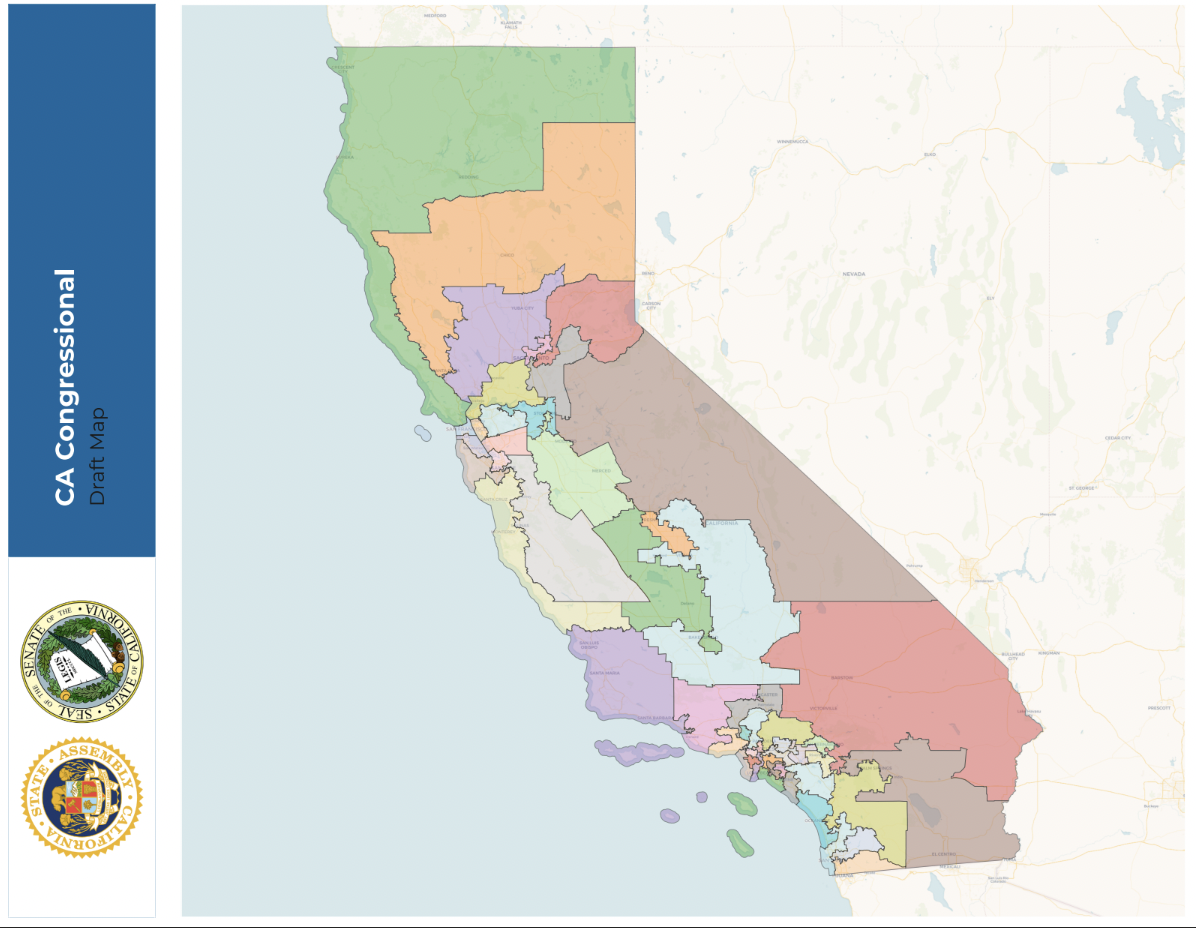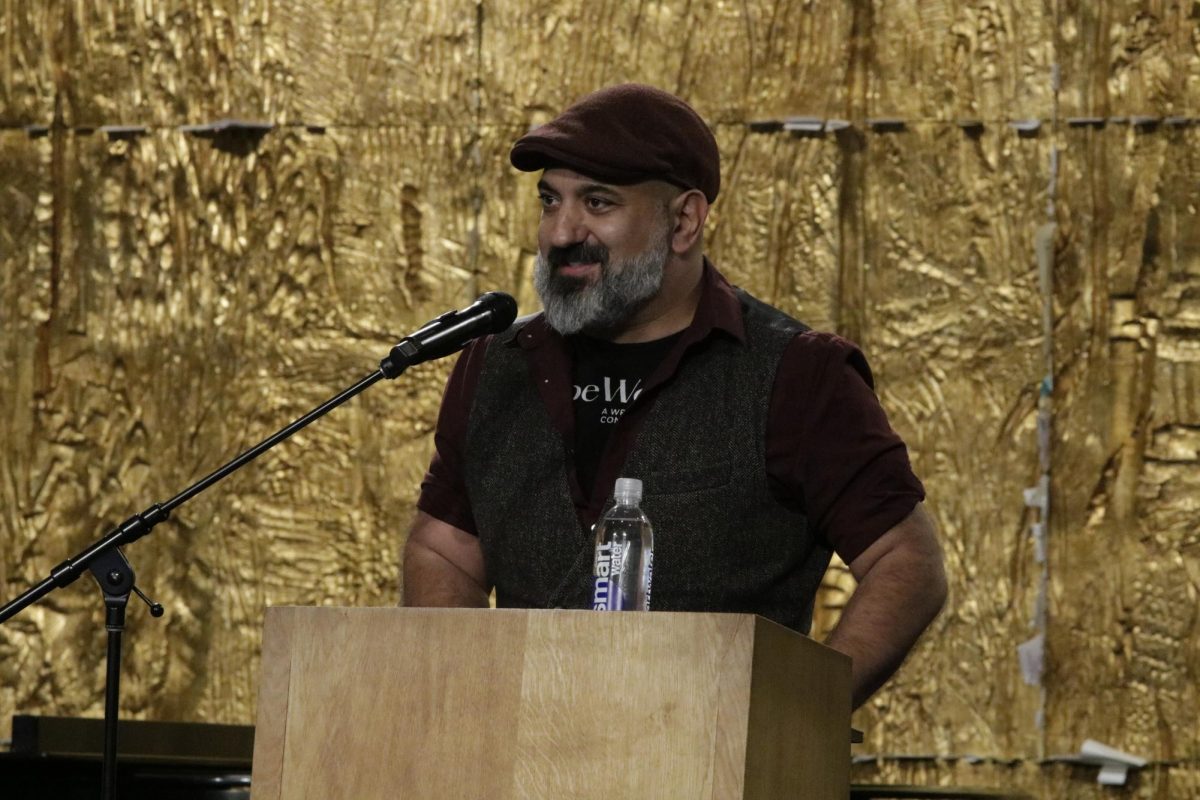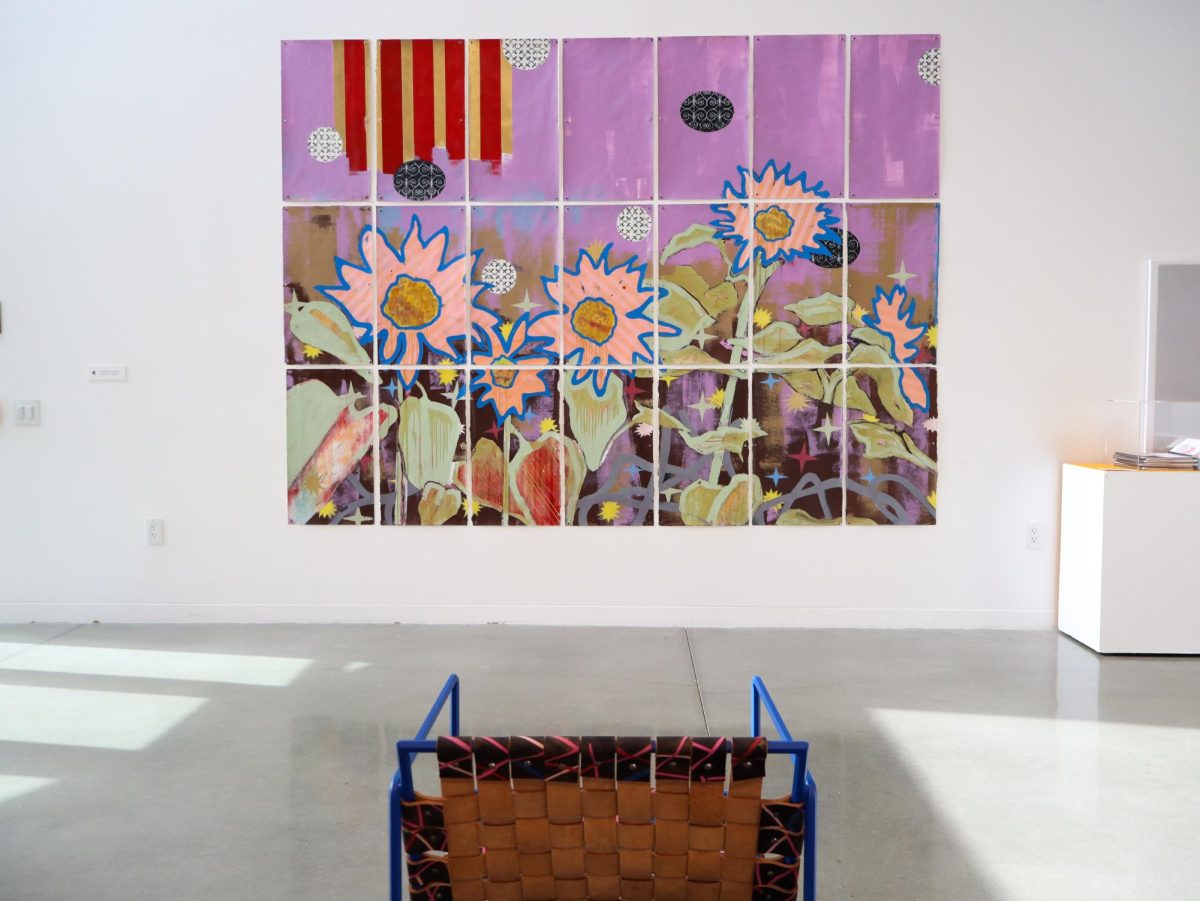Victoria García, a freshman sociology major, shared that the increasing traction of U.S Immigration and Customs Enforcement (ICE) raids and deportations brings worries for family members, though they have done their best to live peacefully for years.
“There is a small fear that I have for family members that I know that don’t have their documents. It’s a bit inhumane in some cases because there are people who are living here, like some of my uncles for 20-plus years, work here, do their taxes, doing everything they can but they don’t have legal documents,” said García.
Though these occurrences have increased in recent months, she says that she has experienced this before.
“One of my cousins who was deported came here trying to find a new life. He was doing great. He was working, but he was coming down one time from working construction and they stopped him and he got deported,” said García.
Since the beginning of the Trump administration, many communities around the country have been affected by the events of deportations and ICE raids. The tighter immigration laws that have been put into place have slowed immigration into the United States, yet have also sparked fear in those who have immigrant families.
One of Trump’s main campaign promises was to carry out mass deportations of criminals and illegal immigrants within the country. As these events have started, many fear for the lives of family members, friends and loved ones.
STATISTICS
There are an estimated 13.7 million immigrants living in the United States without full legal authority. Southern California is the largest region in America to have undocumented immigrants, numbering 1.44 million.
In Los Angeles County, there are an estimated 951,000 undocumented immigrants, 60% of whom have lived in the U.S. for more than 15 years. In Orange County live 236,000 undocumented immigrants, 61% of whom have lived in the U.S. for more than 15 years.
In Riverside County, where an estimated 132,000 undocumented immigrants live, 56% of them have lived in the U.S. for more than 15 years. Additionally, in San Bernardino County, 127,000 undocumented immigrants live, 56% of them having lived in the U.S. for more than 15 years.
57% of unauthorized immigrants have lived in these counties for more than 15 years. According to the Orange County Register, one in nine people living in the United States is doing so illegally.
BIOLA’S COMMUNITY
Hannah Freedman, a freshman political science major, said some of her close friends have been affected by these events.
“One of my best friends, I know it’s affecting her more personally because she and her family are immigrants from Mexico also,” said Freedman. “One of my newer friends is also an immigrant from Mexico and had their family torn apart.
Carla Logie, assistant director of Student Enrichment and Intercultural Development (SEID) and First Gen, said that some students have come to her because they are worried.
“Some students have shared they are fearful for family members, such as parents, siblings and others,” said Logie. “Questions have been raised about what will happen to them if their loved ones are deported. They’ve shared feelings of anxiety, sadness and loneliness due to the uncertainty surrounding recent policies and the broken immigration system.”
She hopes that the community will come together through connection in Christ and sit with those who are affected most. She hopes that the Biola community will remain together in Christ amidst political disagreements.
BIOLA UNIVERSITY GUIDELINES
The university has not made clear statements on its connection to ICE, but Campus Safety Chief John Ojeisekhoba has made a few statements in an interview about important things to know about this event.
- ICE visits the university annually as a part of compliance with federal regulations about visa students. These annual visits are not spontaneous; they are carefully planned and stay between ICE representatives and the Registrar’s office.
- The university will manage spontaneous ICE visits. In the event that ICE comes onto campus for a spontaneous visit, the university has procedures to manage the situation.
- There is no connection between ICE and Campus Safety. Campus safety is not working with ICE, and it is unlikely that they will come on campus for an unscheduled visit; therefore, it is unlikely that ICE would go to a student’s dorm spontaneously.
- Should ICE go to a student dorm, students should immediately contact Campus Safety. While this event is not likely, students should contact Campus Safety if ICE visits their dorm unannounced.
- Campus Safety holds jurisdiction over the campus. Campus safety holds the legal authority to manage its enforcement on campus. If the Los Angeles Sheriff’s Department (LASD) needs to investigate the campus, they work with campus safety to ensure minimal disruption on campus. This is a rare occurrence.
IS BIOLA A SANCTUARY CAMPUS?
While there is no concrete definition of a sanctuary campus, many colleges have different guidelines to help protect students. Some colleges have tried to shield their students from deportations to the best of their abilities while striving to guarantee that no immigrant student faces discrimination.
Drew Faust, president of Harvard University, asserted that the label of a sanctuary campus holds no legal authority and can jeopardize students further. Columbia University, while not labeling itself as a sanctuary campus, has refused to cooperate with authorities to risk the exposure of undocumented students.
California State University, Fullerton (CSUF) has stated that they are a sanctuary campus. While they also aim to not use this term often, the university has stated it will not make any agreements with ICE, federal or local law enforcement that are inconsistent with law, will continue to assert that it is a safe and welcoming campus, and ensure that no person on campus is ever detained questioned, or arrested solely based on a suspicion that one is an undocumented immigrant.
Biola University’s leadership has not made a clear statement on whether it considers itself a sanctuary campus. Ojeisekhoba, however, has made it clear that Campus Safety is dedicated to ensuring that the campus remains safe for all students, and connects with local law enforcement and ICE when they visit the campus.
WHAT HAPPENS TO UNDOCUMENTED STUDENTS HERE?
The Biola Registrar’s office, in response to questions about what happens to undocumented students, said that any undocumented student at Biola is enrolled under lawful status should they fulfill one of three premises: they have a valid visa, are designated by Deferred Action for Childhood Arrivals (DACA), or are protected by the AB 540 California law. They also stated that if a Biola student faced deportation — an unlikely event — the university would support the student as they navigate the process.
DACA applies to any undocumented immigrant between the ages of 15 and 30 who was under the age of 21 on June 15, 2012, had arrived in the U.S. before turning 16, has been in the U.S. for a minimum of five years, is currently in high school, has earned a GED or a high school diploma, or has been honorably discharged from the U.S. armed forces, and has a clear criminal record.
California AB 540 allows undocumented students to attend colleges without a DACA designation after meeting the criteria. The requirements are that an undocumented immigrant attended a California high school for three years or more, graduated from a California high school or attained a GED, be enrolled in one of the three state institutions of higher education, and file an affidavit that states they will apply to adjust their citizenship status when they are eligible.
RIGHTS OF UNDOCUMENTED STUDENTS ON CAMPUS
Undocumented immigrants are entitled to emergency healthcare, emergency shelter, due process related to unlawful search and seizure and protection against unfair housing practices and employment. There are also no specific laws to prohibit undocumented immigrants from attending higher education.
These rights, however, can change depending on the location. California State Attorney General Rob Bonta provides guidance to help California Colleges in creating safe and secure campuses for all.

